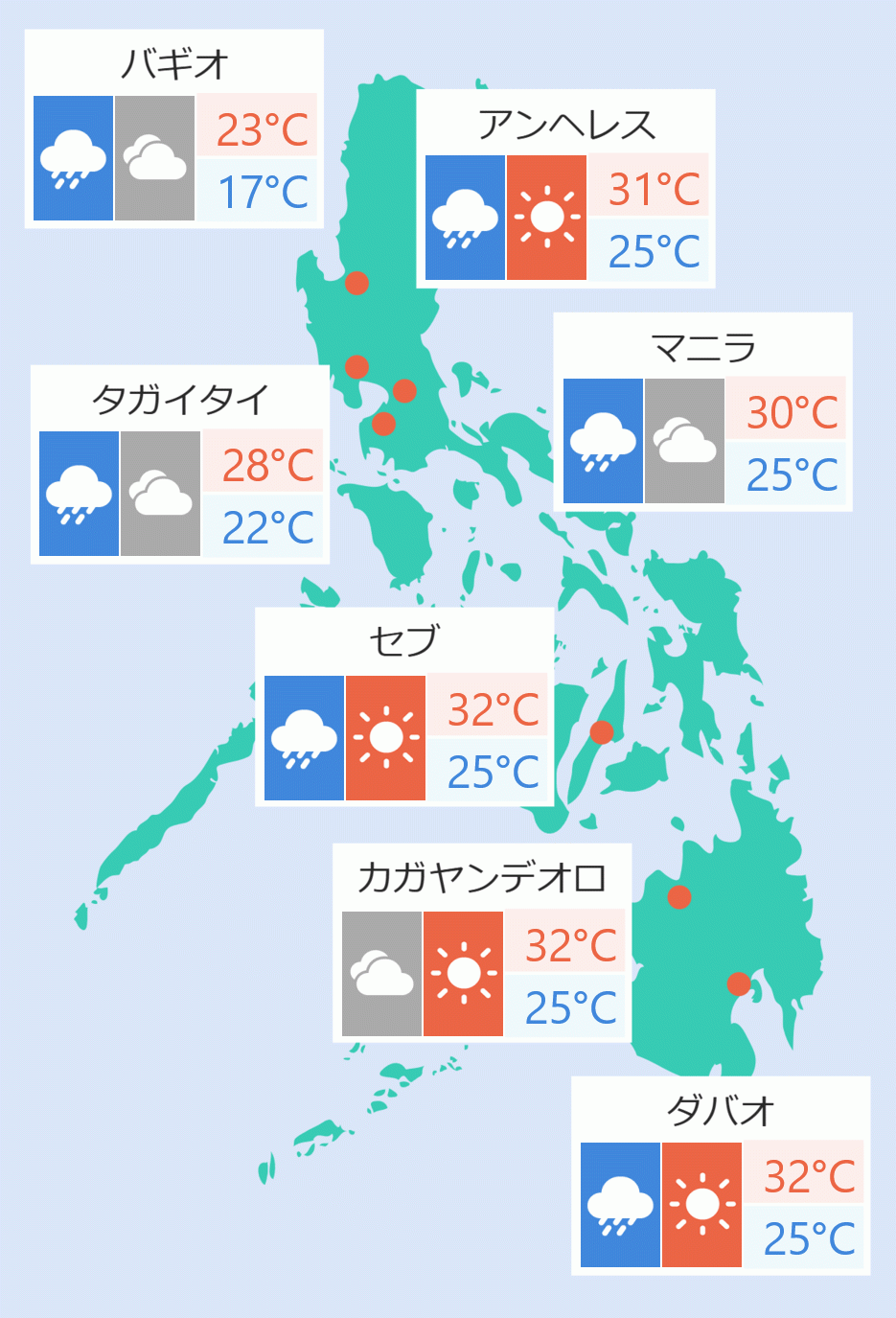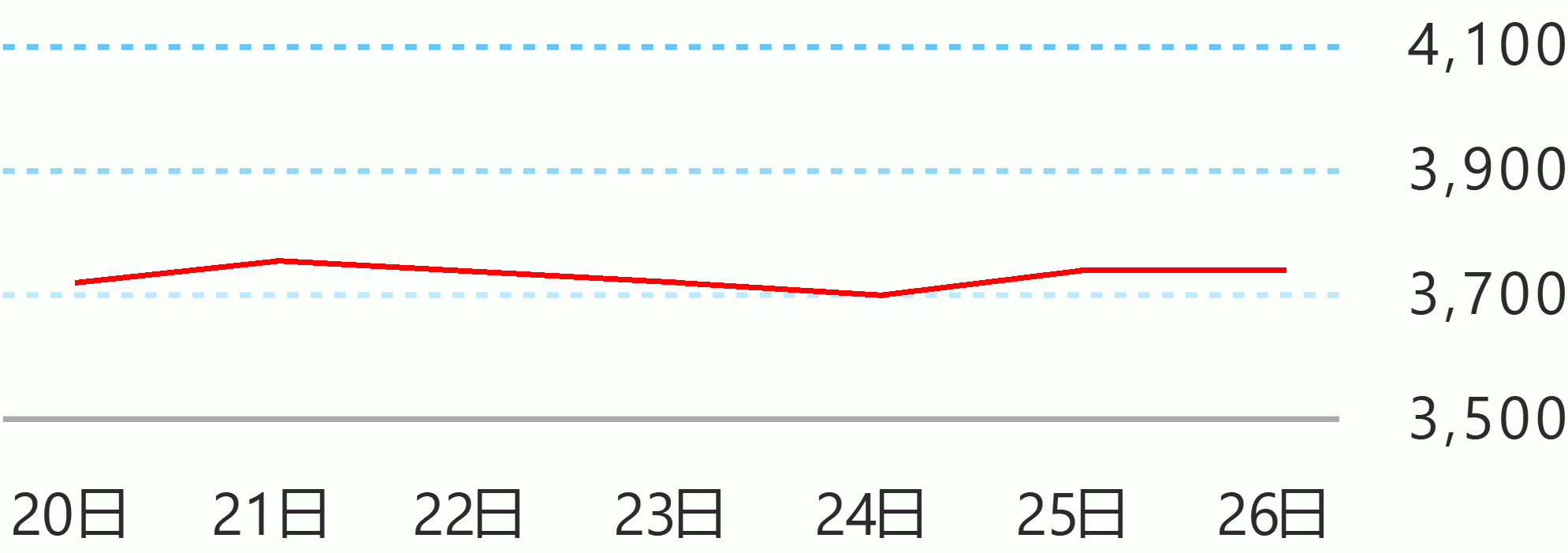SAN FRANCISCO, CALIFORNIA—President Ferdinand Marcos, Jr. and his cabinet secretaries came in full force in promoting the Philippines as an attractive investment destination to the United States business community during the Philippine Economic Briefing (PEB) in San Francisco on November 15 at The Ritz-Carlton.
Finance Secretary Benjamin Diokno, who leads the Marcos, Jr. administration’s economic team, showcased the Philippines as one of the fastest-growing countries in the ASEAN region.
“We have opened up the economy. We didn’t wait for the virus to subside, we opened up many sectors of the economy and the economy really is doing very well. It is one of the fastest-growing countries in the fastest-growing region in the world. So this is our moment,” he said during the panel discussion alongside Bangko Sentral ng Pilipinas (BSP) Governor Eli Remolona, Jr.; Department of Budget and Management (DBM) Secretary Amenah Pangandaman; and National Economic and Development Authority (NEDA) Secretary Arsenio Balisacan.
Prior to the panel discussions, the Finance Chief participated in a fireside chat with Asia Citigroup Singapore Managing Director and Head of the Public Sector Group Michael Paulus.
Diokno dove into the Philippines’ first-ever Medium-Term Fiscal Framework (MTFF), Maharlika Investment Fund (MIF), and global bond offerings.
To achieve fiscal consolidation, the economic team designed the MTFF to reduce the country’s deficit-to-GDP ratio to 3 percent by 2028, reduce the debt-to-GDP ratio to less than 60 percent by 2025, then further down to 51 percent by 2028, and sustain high infrastructure spending at 5 to 6 percent of GDP annually.
According to the Finance Secretary, the Philippines’ debt-to-GDP ratio has fallen to 60.2 percent in the third quarter of 2023 from 61.0 percent in the previous quarter, suggesting that the Philippines is firmly on track to attaining its target debt ratio.
To achieve this, he further explained that the Philippines adopts a borrowing mix that is 30 percent foreign and 70 percent domestic to minimize foreign exchange risk. The government must also ensure that the economy continues to grow strongly in the medium term to outgrow its debt.
“As we reduce our deficit, then correspondingly, our debt will also reduce. As I mentioned earlier, the key really is to grow our economy,” he said.
With this, the Department of Finance (DOF) will continue to work together with Congress in order to pass key reforms that are crucial to accelerating economic development.
These include tax revenue measures such as the Passive Income and Financial Intermediary Taxation Act (PIFITA), value-added tax (VAT) on digital service providers, tax on pre-mixed alcohol, and excise tax on single-use plastics (SUPs).
Proposed additional measures in support of the MTFF include the rationalization of the mining fiscal regime, excise taxes on sweetened beverages and junk food, the motor vehicles road users tax, and improved tax administration through digitalization.
The Philippines also recently launched its first sovereign wealth fund, the MIF, which Diokno told investors will provide the country with additional funding for its huge infrastructure demand in order to improve physical and digital connectivity throughout the country.
On bond offerings, Diokno shared that the Philippines has issued several bonds in the last 24 months, one of which was the $ 2.25 billion triple-tranche ESG Global Bond Offering.
Standard Chartered Bank Philippines Incoming CEO Mike Samson delivered his welcome message highlighting the Philippines’ unwavering commitment to achieving economic growth, social progress, and sustainable development.
“Last October, the World Bank projected the Philippines to post the highest growth among Southeast Asian countries. Strong domestic demand, growth in fixed capital investment, and supportive regulatory reforms underpin the Philippines unique economic resilience amidst the global economic slowdown,” he said.
Meanwhile, US-ASEAN Business Council President and CEO Ambassador Ted Osius focused on the deepening economic ties between the Philippines and the United States.
“Multiple diplomatic engagements between the United States and the Philippines in this year alone, including President Marcos’ official visit to Washington, D.C. last May serve––I believe––as powerful indicators that US-Philippine ties will continue to advance under the Marcos administration, and speaking on behalf of American companies, we welcome this clear direction, this clear intention to deepen and broaden our alliance,” he said in his welcome remarks.
For the second panel discussion, representatives from the Department of Public Works and Highways (DPWH), the Department of Tourism (DOT), the Department of Transportation (DOTr), the Department of Energy (DOE), and President and Chief Executive Officer, Executive Director of the Aboitiz Group Sabin M. Aboitiz discussed transforming the Philippine landscape through the Build Better More Program.
Meanwhile, the third panel on advancing the future with industry, technology, and innovation was led by the Department of Trade and Industry (DTI), the Department of Information and Communications Technology (DICT), the Department of Science and Technology (DOST), and Ayala Corporation Chairman Jaime Augusto Zobel de Ayala.
Ambassador of the Philippines to the United States of America Jose Manuel Romualdez also gave his remarks on the Philippines’ excellent performance.
“There is no doubt that the Philippine economy has sustained the recovery and has been resilient in the face of global challenges, and we and our partners remain confident that the Philippines is well-established and positioned for sustained growth and we anticipate further progress in the months ahead. All of this is made possible, thanks to the vision and leadership of our dear President,” the Ambassador said.
In closing, Marcos delivered his keynote message for the event, which was conducted along the sidelines of the APEC Economic Leaders’ Week.
The President highlighted the Philippines' solid reform agenda, infrastructure flagship projects (IFPs), and the MIF, which he identified as growth strategies to boost the country’s performance in the years to come. With this, he invited US-based investors to explore the Philippines’ priority investment areas.
“A wealth of opportunity awaits you in the Philippines, and we’re ready to explore new horizons with your investments in the coming years,” he said.
The President also stayed for a conversation moderated by Osius where he talked about how investments can improve the lives of every single Filipino. He said that by increasing the productivity of each individual, jobs, more investments, and growth will follow.
The event was organized by Bangko Sentral ng Pilipinas-Investor Relations Group (BSP-IRG), DOF, Philippines Consulate General in San Francisco, Philippine Embassy in Washington, D.C., and partner banks BofA Securities, Citi, DBS, Deutsche Bank, Goldman Sachs, HSBC, J.P. Morgan, Morgan Stanley, Standard Chartered Bank, UBS, and the Investment and Capital Corporation of the Philippines (ICCP).
The event gathered around 200 senior executives of US-based funds and corporates, as well as representatives of business groups, industry associations, financial community, and public sector. Presidential News Desk





 English
English









